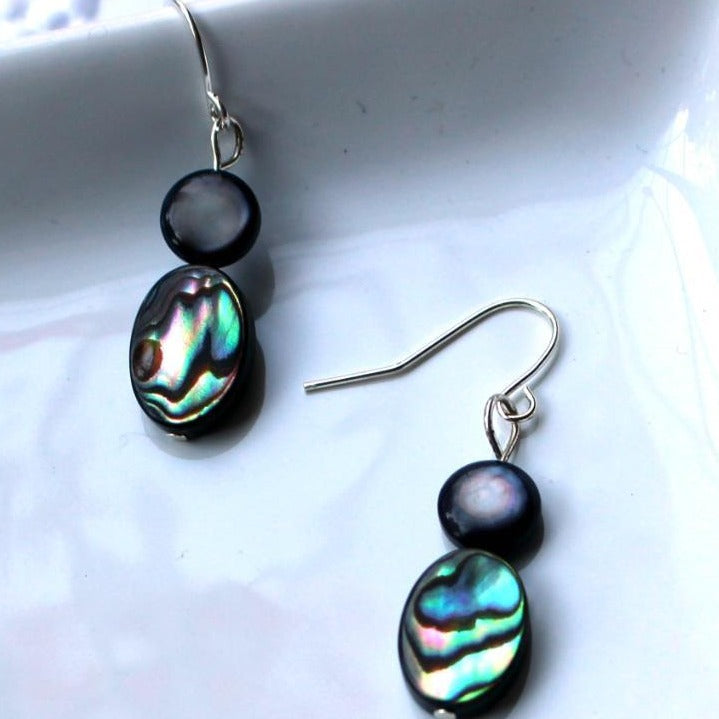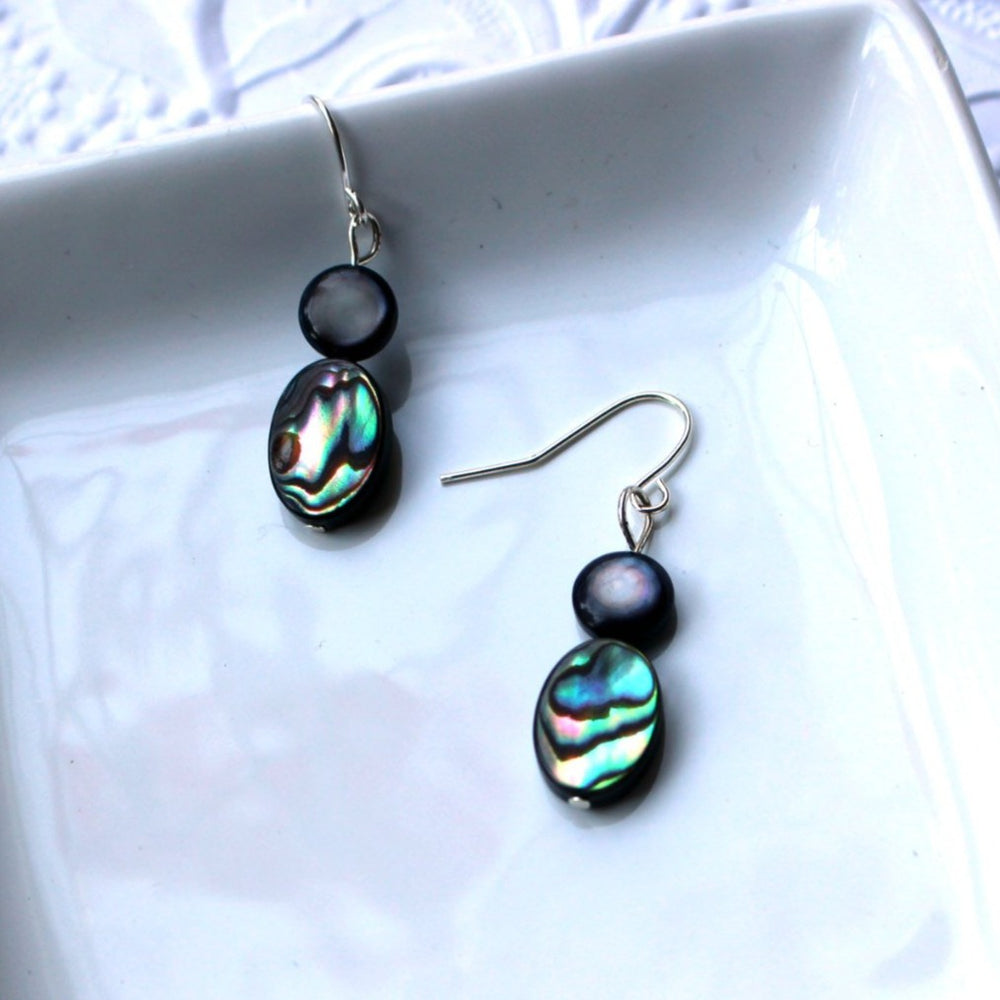What Is Abalone?
What is abalone shell?
The abalone shell is an exquisite natural wonder that has captivated the attention of artists, scientists, and enthusiasts alike for centuries. With its stunning iridescent appearance and remarkable durability, the abalone shell has been utilized in various cultural, artistic, and industrial applications.
Structure of Abalone Shell: A Visual Symphony
The abalone shell boasts a distinctive structure that contributes to its dazzling appearance. Comprising of layers with varying thickness and composition, the shell exhibits a mesmerizing play of colors when light interacts with it. This iridescence is a result of a phenomenon called "interference," where light waves reflect off the layers at different angles, leading to the creation of vibrant hues.
The layers of the abalone shell are primarily composed of calcium carbonate, which forms the majority of the shell's mass. Additionally, proteins and other organic molecules are interspersed within the calcium carbonate layers, providing flexibility and strength to the shell's structure. These organic molecules contribute to the shell's ability to resist fractures and impacts.
Formation Process: Nature's Meticulous Artistry
The formation of the abalone shell is an intricate process that occurs within the mollusk's body. Abalones are marine snails that belong to the family Haliotidae. They possess a specialized organ called the mantle, responsible for the creation of the shell. The mantle secretes calcium carbonate and proteins, which are then deposited in thin layers onto the inner surface of the shell.
As the abalone grows, the mantle continues to add layers to the shell, resulting in its characteristic spiral shape. The shell's exterior is coated with a layer known as the "periostracum," which is composed of organic molecules and protects the underlying layers from external elements.
Cultural and Artistic Significance
Abalone shells have held cultural and artistic significance in various societies across the world. Indigenous cultures, particularly those of Native Americans and Indigenous Australians, have used abalone shells in traditional jewelry, adornments, and ceremonial artifacts. The vibrant colors and iridescence of the shell have symbolized spiritual connections, life cycles, and the natural world in these cultures.
In addition to their cultural importance, abalone shells have become highly sought-after materials in the realm of contemporary art and craftsmanship. Jewelry designers, sculptors, and artisans incorporate abalone shell pieces to create visually stunning and unique pieces that celebrate the shell's inherent beauty.
Industrial and Scientific Applications
Beyond cultural and artistic use, abalone shells have found applications in various industries. Due to their robust nature and the combination of strength and flexibility, abalone shells are being studied for their potential in creating advanced materials for armor, structural components, and even biodegradable plastics. The intricate structure of the shell's layers serves as an inspiration for biomimicry in engineering design.
Conclusion
The abalone shell is a true testament to nature's artistry and innovation. Its remarkable structure, vibrant colors, and cultural significance have fascinated people throughout history. From its formation process within the mollusk's body to its diverse applications in art, culture, and industry, the abalone shell continues to inspire and amaze those who appreciate its beauty and potential. As technology and science advance, our understanding of the abalone shell's unique properties might open up new frontiers for innovation and creativity.
Citations:
1. Currey, J. D. (1977). Mechanical properties of mother of pearl in tension. Proceedings of the Royal Society B: Biological Sciences, 196(1125), 443-463.
2. Sarikaya, M., & Aksay, I. A. (1990). Biomimetics: Structural materials. Materials Today, 1(7), 172-178.
3. Harper, E. M., Palmer, A. R., & Harper, D. A. (2009). Invertebrate palaeontology and evolution. Wiley-Blackwell.
4. Haliotis. (n.d.). Natural History Museum. Retrieved from https://www.nhm.ac.uk/discover/haliotis.html










